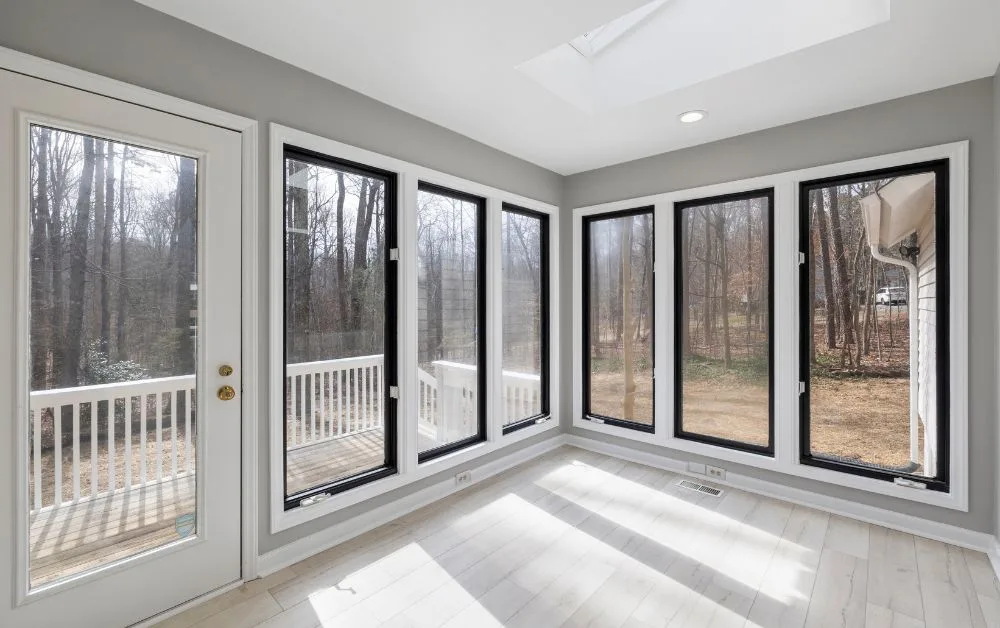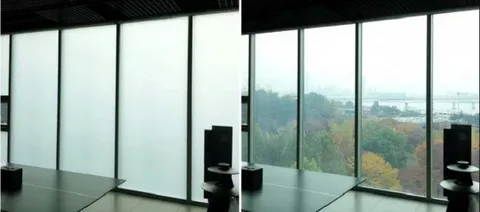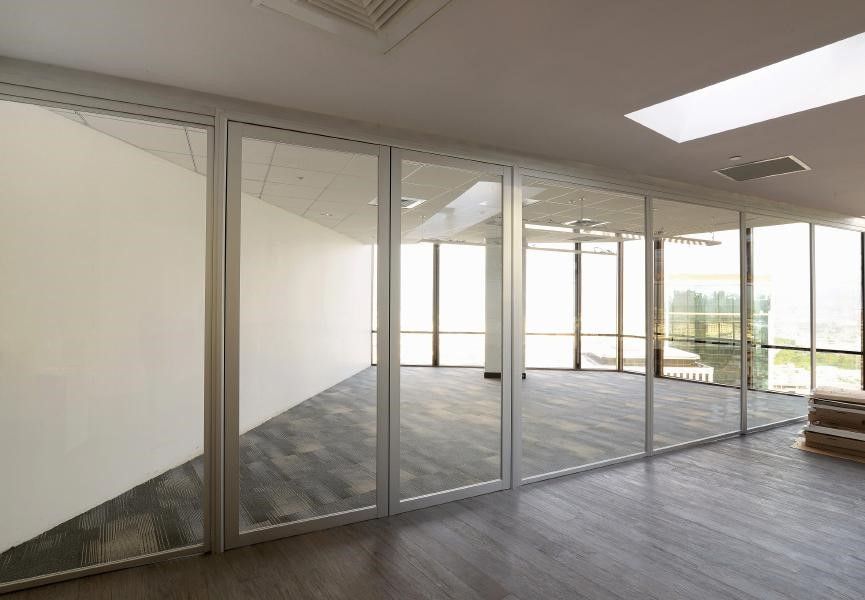Daylight optimization in conference rooms has been a prominent topic in modern office design. Daylight is no longer merely seen as a design element; it is now essential to creating a productive, healthy, and energy-efficient workspace. There are several advantages to optimizing natural light in conference rooms, from increased well-being to financial savings.
This is the rationale for the need for daylight optimization in conference rooms.
Enhanced Employee Well-being
Human health is greatly impacted by natural light, both psychologically and physically. Natural light in a meeting room can help participants feel more focused and awake. Research indicates that workers who have access to daylight experience less stress and are more satisfied with their jobs. These elements are essential in lengthy meetings or conversations that call for consistent focus and cooperation.
Moreover, sunlight reduces the sense of confinement of a space, which is particularly beneficial in conference rooms where numerous individuals are present for extended periods. The incorporation of natural light and outside vistas can cultivate an atmosphere of transparency and ease, hence augmenting creativity and communication in meetings.
Increased Productivity and Focus
Not only can daylight enhance mood at work, but it also has a direct effect on productivity. Attendee focus and engagement are higher in conference rooms designed to maximize natural light. This implies that conversations are more productive, ideas flow more easily, and decisions are made more quickly in well-lit spaces.
On the other hand, artificial lighting alone in space can cause eyestrain, headaches, and fatigue. Natural light creates a more comfortable atmosphere for concentrated work by reducing glare and producing a softer, more even illumination.
Energy Efficiency and Cost Savings
Not only is daylight optimization good for workers, but it is also a great way to cut energy expenses. Natural light-filled conference rooms use less electricity during the day because they don’t need as much artificial lighting. This supports the sustainability objectives of the business and reduces energy costs.
Daylight-responsive lighting systems are now seen in many modern structures. They modify the brightness of artificial light in response to the amount of natural light entering a space. These technologies help to further reduce energy use by ensuring that artificial lights are only used when necessary.
Improved Aesthetics and Branding
A naturally lit conference room adds to the aesthetic appeal of a workspace. The space appears more airy and friendly when clients, partners, or staff attend meetings and can offer a good impression. Moreover, colors appear more brilliant in natural light, which is advantageous for visual displays or presentations.
Businesses that place a high priority on sustainability and wellness in their branding can make a statement about their beliefs by including daylight in the space. It shows a dedication to designing hygienic, green environments.
There are several advantages to daylight optimization in conference rooms that go beyond aesthetics. Natural light is a crucial element of contemporary conference room design to promote sustainability goals, save energy, and improve employee well-being and productivity. The incorporation of daylighting will become a more significant factor in the design of office spaces in the future, as businesses prioritize the creation of healthier and more productive work conditions.





